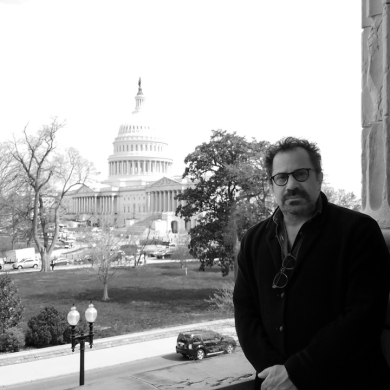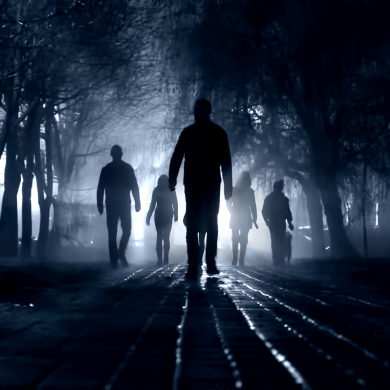Published Date: 05-24-17
By: Gregg LaGambina
Tenth in the series.
Let’s clear up something right at the start: Denna Thomsen is not only an assistant choreographer. She’s an actress, a dancer, and a choreographer in her own right. In fact, if you caught Madonna’s performance at Super Bowl XLVI, or you’ve seen the Sigur Rós music video “Fjögur píanó” (starring Shia LaBeouf), or you happened upon Sia’s performance of “Elastic Heart” on Saturday Night Live, or you recall David Bowie’s “The Next Day” – then you’ve already seen Denna Thomsen dance.
But for Netlix’s runaway cult hit The OA, Thomsen worked behind-the-scenes as an assistant choreographer under the direction of Ryan Heffington. If either of their names sound familiar – and you have not seen any of the aforementioned performances or videos because you live in a cave – it could be that you were thoughtful enough to read the end credits to find out who, exactly, created “The Movements” that figure prominently in the show’s finale. Or, maybe it never even occurred to you that it took professionals to train the actors in order to move in such elaborate and orchestrated sequences – actors who are not dancers, by the way.
This is why CreativeFuture reached out to Thomsen to find out what exactly the job of an assistant choreographer entails, how a dancer breaks into such a competitive field, and how much time, patience, and effort it takes to make a clumsy actor look graceful in an impossibly short period of time.
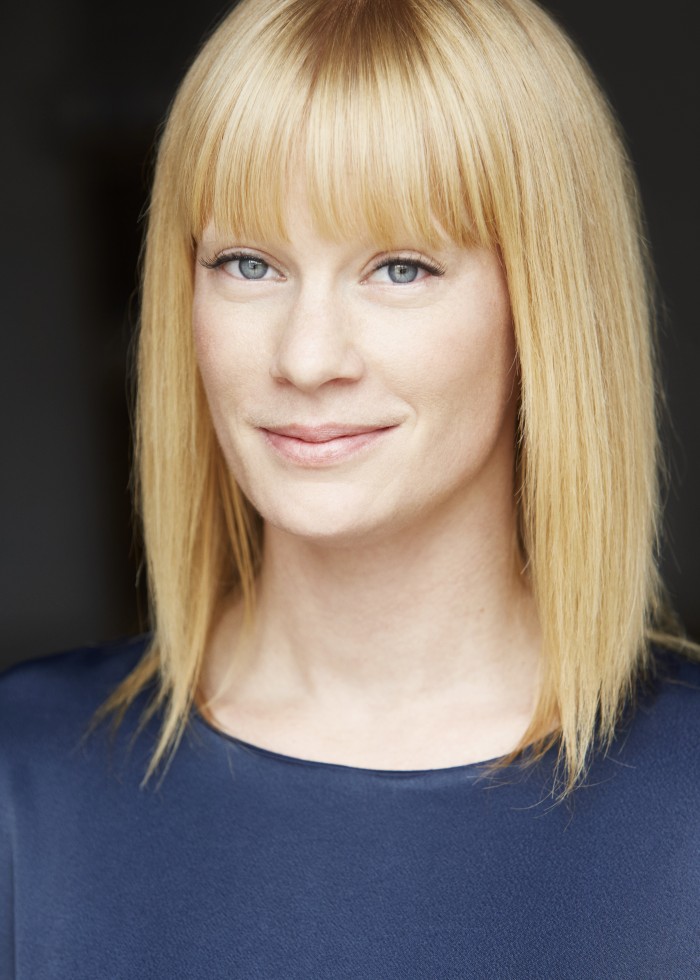
Gregg LaGambina: At what point in your life did you decide to become a dancer?
Denna Thomsen: It all started on my dining room table. I was twirling and my mom was like, “No!” Then, she put me into a dance class just to get that energy out. Then, of course, high school arrives and your parents ask, “What do you want to do with your life?” I said I wanted to come to California to dance.
GL: From where?
DT: Omaha, Nebraska. But, of course, my parents’ generation is the generation of, “You need to go to college. College will give you a secure job.” That generation. So, they put me through college. I got my B.A. from Colorado State. After graduating, I came here to California and I started to pursue my career as a dancer.
GL: What did you study at Colorado State?
DT: I studied dance!
GL: Sorry. I should have seen that coming. But, that sounds like a good deal – your parents paid for college, but you got to choose what you wanted to study.
DT: Oh, yeah! They just wanted me to have a degree. So, that’s easy! I’ll get a degree in dance.
GL: Did you find that a degree in dance turned out to be helpful?
DT: I learned in college that it was all about story. It was the first time I had ever heard that about dance. My teacher really honed in on creating stories for me – “OK, the sun turns into rays, turns into snow, turns into… something else.” That’s how he was teaching me and I grabbed onto that. But I also think it’s just always been in me. My entire life, I’ve always watched people. I would observe, for hours and hours and hours. I’ve always been interested in the human body as a pedestrian. And I also feel like I can tap into memories and emotions – kind of like an actor – when I dance. I know how to emote very well. So that is what I learned in college: Thinking of dance in terms of a story.
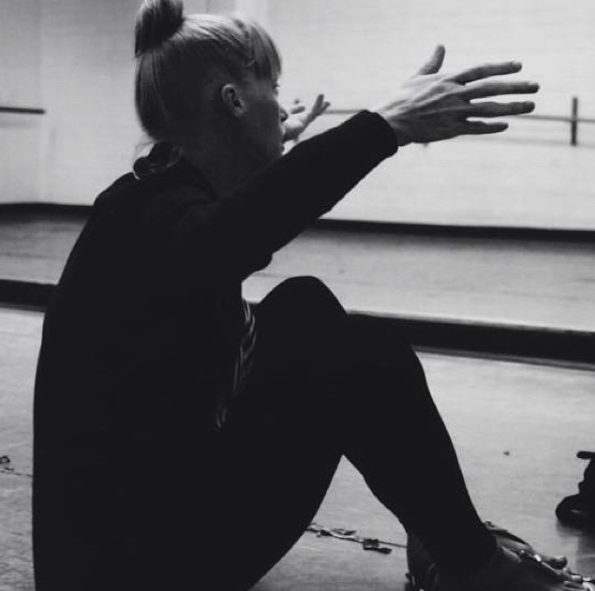
GL: After Colorado State, you made your way out to California. What were you looking for and what did you find when you arrived?
DT: I didn’t know right from left or front to back when I got to California. I was living with my cousin in Long Beach. I had to get a job at a hotel. I had no agent. I didn’t know how to get a job as a dancer. They don’t teach you that in school. So, I literally had no idea which direction to go, who to find, where to look. Nothing. I started to take classes at the Edge Performing Arts Center, because that’s a big studio here and it’s well-known. But what helped is that when I was a senior in college – there is a dance company in Los Angeles called Hysterica Dance Company – and that’s what Kitty McNamee and Ryan Heffington were working on at that time. So, I auditioned for it my senior year and I was asked to be in their show. That is essentially the reason why I moved out here – I had a job. I came out and did that show and I started to meet dancers. They’re all working dancers now, so that was how I got a foot into the industry. After that, I started taking classes at the Edge and started to meet more people. Then, it was about doing shows anywhere and everywhere I could find.
GL: We’ll talk more about Ryan Heffington when we talk about The OA, but from an outsider’s viewpoint, it seems your working relationship with him is when things really began to change for you professionally, even in terms of the style of dance and choreography you are doing now.
DT: When you have Ryan Heffington as a mentor, he gives you freedom times a thousand. He gives you all the freedom of an artist that you could ever want, because he trusts you. It’s about imagination and feeling. It adds an entirely different dynamic to it. He’s the number one person that pushes me as an artist. He makes me go to places I would never dare, and in turn, breaks down my walls.
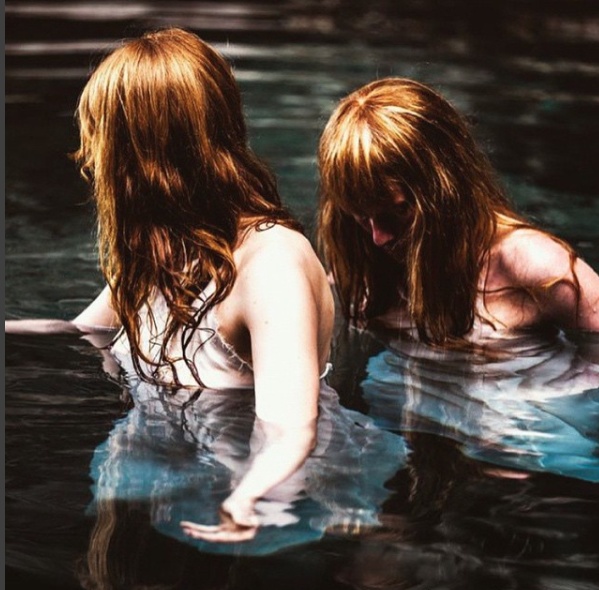
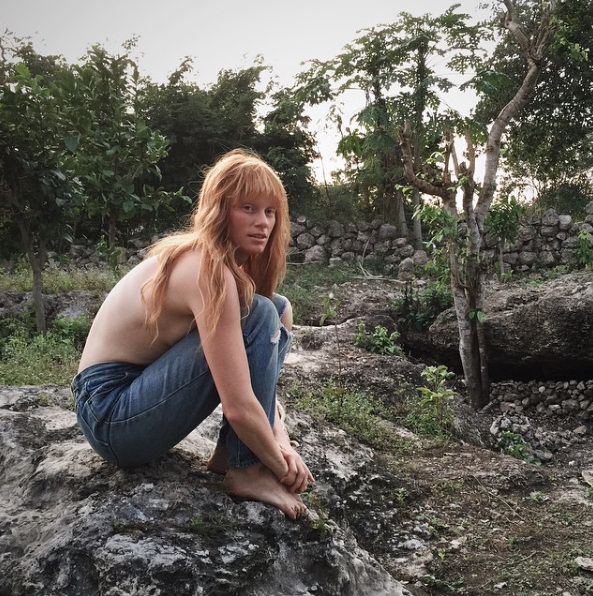
GL: So, at this point, you’re starting to meet people in Los Angeles and finding mentors. Tell me about the dance “scene” in Los Angeles and how you managed to navigate it to your professional benefit.
DT: I can tell you about my scene. When I came out here, as I’ve mentioned, I got into Hysterica Dance Company. I became really good friends with this girl Nina McNeely who is a working choreographer. She became my best friend and my mentor. There was this club at the time – it’s still going on – it’s called Mustache Mondays. There were performances every Monday and Nina was really good friends with the founder of it. We would always get asked to perform there. We got to be free with our artistic expression and do whatever we wanted. We could be as crazy as we liked, doing a dance at midnight every Monday. We just got to play around. There were these great benefit shows, because, as we both know, there’s no money in art. People would just ask other people, “Do you want to choreograph a piece?” So, we were dancing at benefits, doing shows raising money for scholarships, and dancing for free. You would meet people and they would tell you, “Hey, there’s this music video, but guess what? They don’t have any money!” So, great, I’ll do a favor because I want to get noticed. Little, young, naive – I just wanted to get noticed and be a working dancer.
GL: You described yourself as being “naive,” but maybe you weren’t naive at all. You were strategic.
DT: Totally! It just sucks that that’s what we have to do – work for free just in the hope that one day you’ll get lucky. And there’s no security to it. There isn’t a certain amount of free jobs you have to do and then you get to do this other thing now. Nope. You just have to work hard and hope to God that it works out.
GL: Do you remember the moment when you realized that you could finally support yourself as a working dancer?
DT: Yes. I know exactly when that moment was. It was after I booked Madonna and danced at the Super Bowl. I was finally able to quit my waitress job and I was able to support myself completely through dance. I was in L.A. for four years and didn’t book a single commercial job that entire time. I went to auditions maybe once a week, maybe once every two weeks. But after Madonna, that changed.
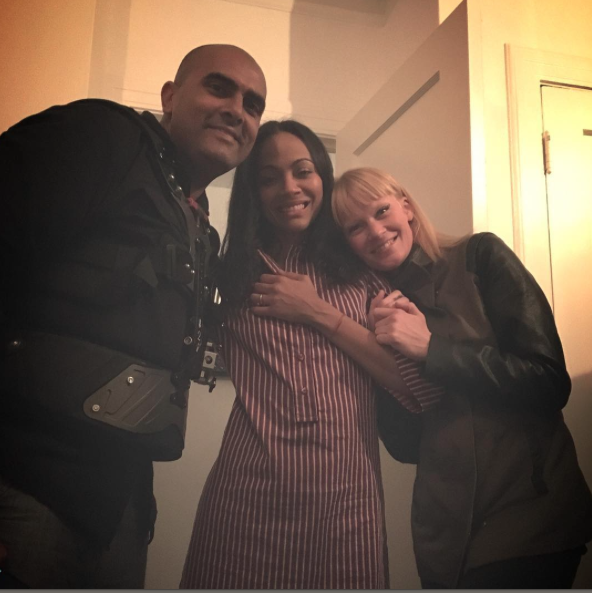
GL: What kinds of jobs were those early auditions for?
DT: Mostly music videos and tours. But if nobody knows who you are, you’re not getting hired. You have to put in time. A long time. For my first job, I got an audition for Adam Lambert’s performance at the American Music Awards. My agency didn’t send me on it. They didn’t submit me. But I found out about the audition and I wondered why they didn’t ask me to go. So, I went and I crashed it. I went uninvited. And I booked the job. My first job ever is from an audition that I was not invited to!
GL: Did that lead to bigger and better things?
DT: Shortly after that, I started doing little things here and there. My whole goal was to dance for Madonna. That was my number one! She was my jam when I was little, you know? I remember getting the audition for Madonna and you had to fly yourself out to New York and you had to put yourself up in a room – just to audition. I was 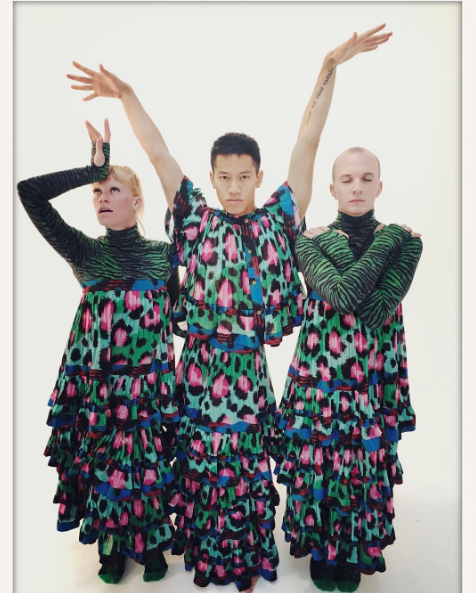 like, “God, that’s a lot of money just to audition.” That’s a good $800 that I didn’t have. I was still waitressing, but I was just like, “Screw it. I have to go do it.” I remember a conversation I had with Stefanie Roos. She said, “Have you ever thought about dancing for Madonna?” And I said, “Oh my God. I would love to dance for her!” She said, “OK, but you know that you can’t have blond hair.” Three years later, I get this Madonna audition. I went out to NY with three wigs and auditioned for Madonna.
like, “God, that’s a lot of money just to audition.” That’s a good $800 that I didn’t have. I was still waitressing, but I was just like, “Screw it. I have to go do it.” I remember a conversation I had with Stefanie Roos. She said, “Have you ever thought about dancing for Madonna?” And I said, “Oh my God. I would love to dance for her!” She said, “OK, but you know that you can’t have blond hair.” Three years later, I get this Madonna audition. I went out to NY with three wigs and auditioned for Madonna.
GL: You had to be nervous anyway…
DT: Oh, yeah, and then she’s there too? I was thinking, “God help me if I can even dance right now.” But I did it. Every group of dancers went, one after another and then, after a long time, they called the names of a few people and one of them was mine. And that was it!
GL: Let’s talk more about you work with Ryan Heffington, because it’s your collaboration with him that eventually led you to The OA.
DT: I’ve been dancing for Ryan for about 10 years now. What an outrageous journey it has been! From dancing at his night called Fingered, performing at numerous benefits, and his latest production, KTCHN. I have had the time of my life learning under him! You never know what he’s going to give you and that’s the best part. I’ve done everything from a beautiful contemporary duet to walking under a massive stuffed penis. Ryan is an innovator. After KTCHN, that’s when I began to assist him on jobs including SIA, Florence + the Machine, The OA and more. I hope the train keeps going because it’s the best job I’ve ever had!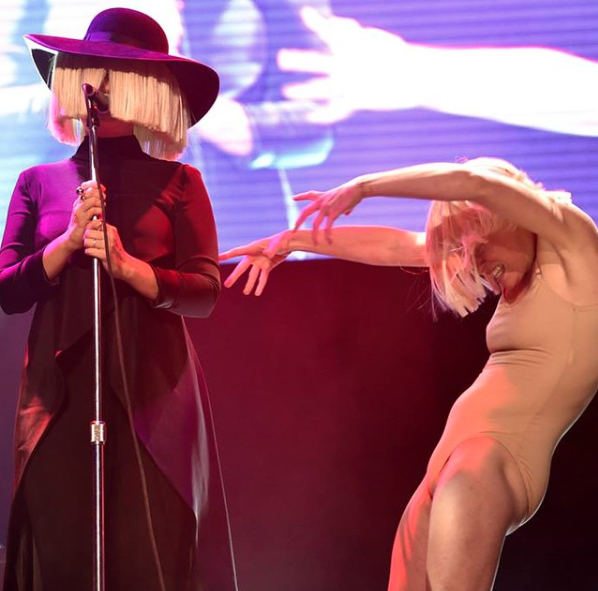
GL: I’m not sure how much we can actually talk about The OA and the secrets behind what “The Movements” mean, so maybe we can talk about what your job on the show was like day-to-day. Is it challenging to work with non-dancers? Was this the first time that you worked with complete novices?
DT: Yes, and no. It’s a very different process. When working with non-dancers, I feel like it all stems from the primal ground from where we all started. Even though the training isn’t there, we both share the same vessel; the human body. That significant similarity, makes it accessible to teach and for everyone to dance.
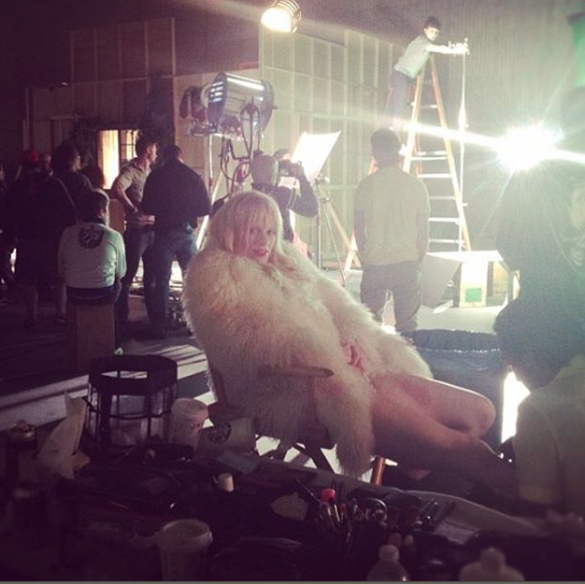
GL: You start with a baseline, keeping in mind that you will be limited by the abilities of actors who have not trained in dance?
DT: Yes. One of the biggest problems with teaching is the mentality of, “You have to do it like me. Do it like me! I’m demonstrating it this way, you need to do it the way I’m doing it because it looks good the way that I do it!” Sure, you can tell anyone that, but the problem with that is that we’re not the same. My body is not your body. My body will never move like your body moves. And, so, when you accept that and look at the person’s vessel, you can then shape movements based upon their vessel. If I tell a dancer, non-dancer, or an actor, to do a movement and I see that it’s difficult for them. “OK, their arm isn’t double-jointed like mine and doesn’t reverse in three places. Oh, sorry! I thought that was normal.” [Laughs] Then you see that and you reshape it for their body. With choreography, you have to be able to mold it. It’s like clay, it’s like a sculpture. It always has to be molded and modified. You can’t just have one vision. You have to be able to step back and say, “OK. That doesn’t work.” Or, it looks awkward, so I am going to make it look better, based upon your vessel, your body, the way that you want to move. So that’s a huge part, I think, of creating on everyone.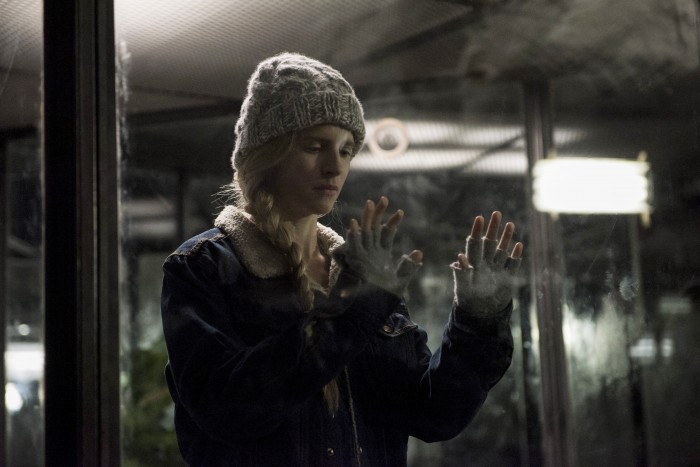
GL: You’re credited on The OA as “assistant choreographer.” Can you describe your process and what that specific job is like?
DT: Every job is different, so it always depends. As an assistant choreographer, my job is to make sure the choreographer’s vision is upheld. I might write emails, assist teaching, communicate notes and more. For me, my main goal is to make sure the choreography is executed in the manner seen by the choreographer.
GT: In terms of your overall work, how does working with non-dancers for a television show compare to your work in performance and theater?
DT: It’s kind of interesting, because I feel like I’m the whipper. I feel like I’m the bad guy sometimes, because I’m yelling and screaming. Because it’s my job and if it looks like crap, guess whose fault that is? It’s mine. So, I can’t have that happen. You know what I mean? Pull your shit together! [Laughs] It’s a different process when you’re working with dancers versus non-dancers. Dancers are expected to be fast, efficient and perfect. I find that when working with trained professionals, I have less patience. But with working with non-dancers has helped release some of those expectations.
It’s like wearing masks. You have to wear a different mask, obviously, for every different project, but it just depends on who your subject matter is, who your experiment body is. I’m still learning on all platforms as a teacher, assistant, performer and have yet to find the most effective ways.
Dancing is very vulnerable – it’s challenging for every human, but as long as I’m there to share how amazing this experience can be, I can help them push through their fear.
GL: People like their fears; they cling to them like life rafts. How do you get them to trust you to let go?
DT: We start with movement. We practice again and again. The great thing about dance is that everyone has muscle memory – everyone. So, as long as you push and push and push, your body will go with it because it remembers.
After the second day, we start to get into intention and motivation and movement dynamics. Then, we start to tell stories. I love to use analogies! Everyone knows what it feels like to get rained on. Everyone knows what it feels like to ride a bicycle. Everyone can connect to something they can imagine.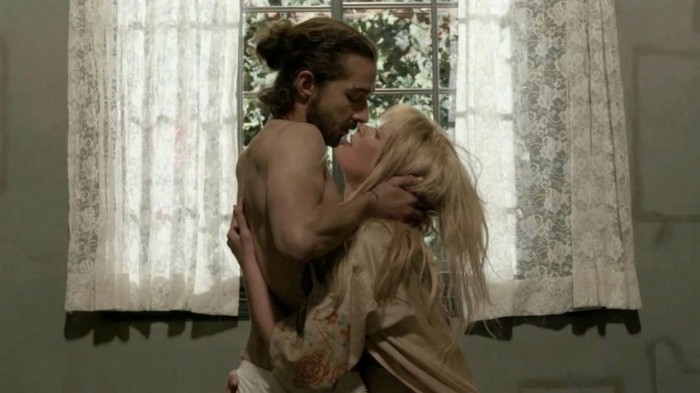
GL: How do you occupy your time in between projects as intensive as something like The OA? Do you keep performing locally, do you train, how do you stay in shape?
DT: In general, as an artist, you have to constantly work. There are no days off. Every time you’re done with one job, you can’t rely on it ever again. It’s done. You have to go find another job. It’s always hustling. It’s always trying to find what’s next, where can I go, what can I do? And, yeah, of course, the more you get to work, it’s hard to train because you’re working so much. I think it’s about continually exercising your mind to be creative. When I have time off, I love to think up stories, I love creating. I’m an artist. I love creativity. I’m always writing in my journal about crazy shit, normal shit, personal shit, whatever the fuck I want to that day, you know? Just to keep the mind going. Why? Because there’s always something that somebody hasn’t done yet. It’s about constantly striving and working those wheels in the mind.
All photos courtesy of Denna Thomsen.

